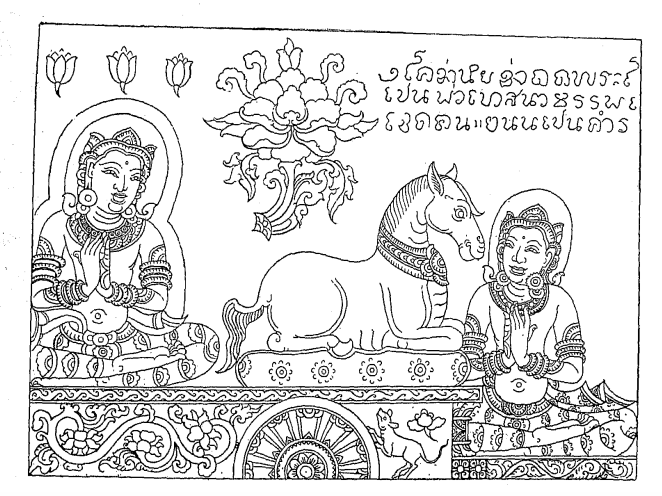The Hidden Jātaka of Wat Si Chum: A New Perspective on 14th and Early 15th Century Thai Buddhism

cr. Siam Society
Thai art and architecture has long demonstrated deep reverence for Buddhism. This can be seen in our magnificent temples and the decorative works that accompany them. Today, we take you to Wat Si Chum, a famous historic temple in Sukhothai province, to take a look at series of hidden murals depicting the past lives of the Buddha.
Abstract—In Past Lives of the Buddha, a beautiful, lavishly illustrated book published in 2008, several contributors offered new understandings of the famous series of 15th-century Jataka illustrations that had been found deep inside the walls of the monthop of Wat Si Chum, just outside the ancient city of Sukhothai. Pattaratorn Chirapravati demonstrated that the series of Jataka had from the outset been intended to be placed in the dark and inaccessible corridor of the monthop. Pierre Pichard argued convincingly that the building represents an unfinished stage of a much taller edifice. This article builds on these new insights with two propositions. First, the content of an inscription contemporary with the building of Wat Si Chum suggests that the Jataka may have been deliberately hidden to prevent them from being permanently lost in the year 2000 of the Buddhist Era. Second, while Pichard’s argument that a taller building was intended seems valid, several features of the base suggest that the upper portion would have been in the form of a sanctuary tower (prang).
Author: Barend Jan Terwiel
* This article was published in the Journal of Siam Society and is being shared on the Thailand Foundation Website with permission from The Siam Society.



